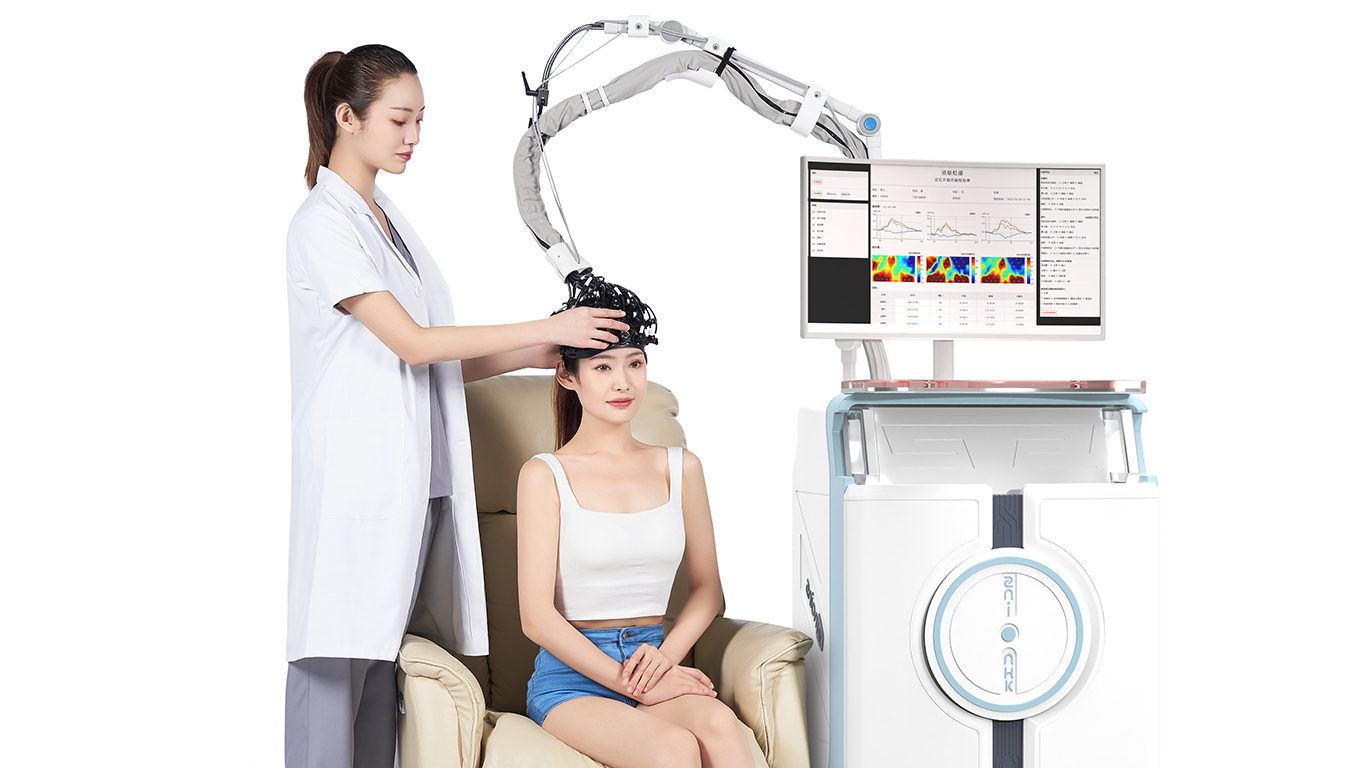Vol.:(0123456789)1 3 Experimental Brain Research
https://doi.org/10.1007/s00221-019-05637-5
RESEARCH ARTICLE
E ects of single‑session cathodal transcranial direct current
stimulation on tic symptoms in Tourette’s syndrome
Katherine Dyke
1
· Georgina M. Jackson
2
· Elena Nixon
2
· Stephen R. Jackson
1,2
Received: 9 May 2019 / Accepted: 19 August 2019
© The Author(s) 2019
Abstract
Tourette syndrome is a neurodevelopmental disorder characterised by motor and phonic tics. For some, tics can be managed
using medication and/or forms of behavioural therapy; however, adverse side e ects and access to specialist resources can
be barriers to treatment. In this sham-controlled brain stimulation study, we investigated the e ects of transcranial direct
current stimulation (tDCS) on the occurrence of tics and motor cortical excitability in individuals aged 16?33
years with
Tourette syndrome. Changes in tics were measured using video recordings scored using the RUSH method (Goetz et al. in
Mov Disord 14:502–506, 1999) and changes in cortical excitability were measured using single-pulse transcranial magnetic
stimulation (spTMS) over the primary motor cortex (M1). Video recordings and spTMS measures were taken before and after
20 min of sham or active tDCS: during which cathodal current was delivered to an electrode placed above the supplementary
motor area (SMA). Tic impairment scores, calculated from the video data, were signi
cantly lower post-cathodal stimula-
tion in comparison with post-sham stimulation; however, the interaction between time (pre/post) and stimulation (cathodal/
sham) was not signi
cant. There was no indication of a statistically signi
cant change in M1 cortical excitability following
SMA stimulation. This study presents tentative evidence that tDCS may be helpful in reducing tics for some individuals,
and provides a foundation for larger scale explorations of the use of tDCS as a treatment for reducing tics.
Keywords Tourette?s syndrome (
外2019 单次经颅直流电刺激对抽动秽语综合征抽动症状的影响


